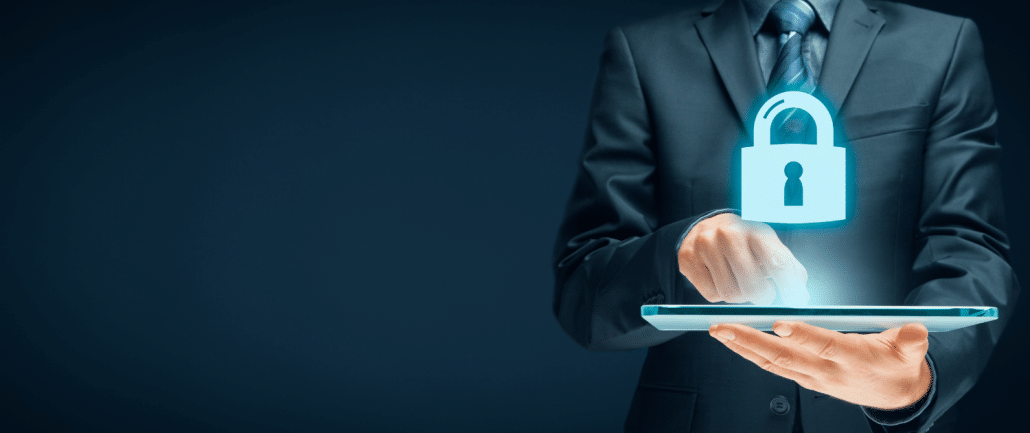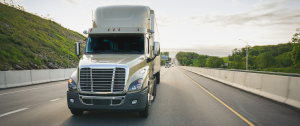
Recently, it may feel like artificial intelligence (AI) comes up in every other conversation, no matter the industry or age group you’re speaking with. There’s a reason for that.
AI has already reshaped the way many industries operate, and CDL driver recruiting is no exception. From chatbots to automated screening tools, AI is helping recruiters move faster, make data-driven decisions, and improve hiring and retention outcomes.
However, while AI can streamline parts of the recruitment process, there are still critical elements it cannot replicate. This is where human-first recruiting solutions, like Drive My Way, make a real difference, offering technology-driven tools backed by personalized service.
What AI Can Do for Truck Driver Recruiting
AI has already proven to be a valuable tool for recruiters. It can process massive volumes of data quickly, analyze trends, and automate repetitive tasks. Here are a few ways AI is actively transforming driver recruiting in 2025:
1. Resume Screening and Matching
AI tools can scan resumes and applications to match candidates with job descriptions based on keywords, qualifications, and experience. This can significantly reduce the time you spend manually sorting through applications.
2. Chatbots and Candidate Engagement
AI-powered chatbots are increasingly used to answer FAQs, collect initial candidate information, and keep drivers engaged throughout the application process. Their 24/7 availability helps reduce drop-off, maintain communication, and offer greater convenience for busy drivers who may be on the road at any time.
3. Predictive Analytics
Some AI tools can assess a candidate’s likelihood to accept a job or stay in a role based on historical data. This allows recruiters to prioritize candidates who are more likely to be a good fit, potentially improving retention rates.
4. Scheduling and Workflow Automation
AI can help automate scheduling for interviews or driving tests, sending reminders to candidates, and updating internal systems at the same time. This frees up your time to ensure the process still feels personal, while improving efficiency.
These features, and more, depending on the technology invested in, can offer real advantages for large fleets looking to scale quickly. However, it’s important to remember that AI isn’t a complete solution.
What AI Can’t Do
While AI can manage many technical aspects of recruiting, it still falls short in key areas that are essential to successful driver hiring. Solutions that combine modern technology with a personalized, driver-focused approach will always be better positioned to build trust, improve retention, and make lasting hires.
1. Build Trust and Personal Connections
Truck driving is more than a job. It’s a lifestyle. Drivers want to know that the company they’re joining understands their needs, respects their time, and values them as individuals. AI can’t have a real conversation or express empathy. It can’t truly listen to drivers.
Recruiting platforms like Drive My Way fill this gap with a people-first approach that centers the driver experience. By taking the time to understand each candidate’s preferences and goals when making a match, Drive My Way builds relationships that AI simply can’t replicate.
2. Go Beyond Keywords
AI tools often rely on pre-determined keyword matching, which can overlook highly qualified drivers who don’t use the “right” language on their resume.
Drive My Way’s proprietary matching technology looks deeper than surface-level qualifications. It matches drivers to jobs based on lifestyle preferences, route type, equipment, and even home time needs. This results in better cultural and operational fits between carriers and drivers.
3. Adapt to Complex Human Nuance
A driver’s motivation to switch jobs might be tied to home life, a family emergency, or previous negative experiences with dispatch. AI can’t understand these unique situations like real recruiters can or know how to adjust strategies in real time.
The recruiting experts at Drive My Way offer personalized support that adapts to each driver’s unique situation. This kind of relationship-building leads to higher satisfaction and better long-term outcomes.
4. Represent Your Brand Authentically
Creating a strong company culture and brand identity is essential to attracting the right drivers. AI can write job descriptions or send automated messages, but it cannot authentically communicate your company’s values, mission, or what it feels like to be part of your team.
Drive My Way helps bridge that gap through branded employer profiles, storytelling-driven job posts, and targeted marketing campaigns that highlight what sets your fleet apart. This human-centered approach helps carriers build a brand that resonates with drivers on a deeper level.
AI has proven its value in helping companies scale and streamline recruitment. However, driver hiring is not only about efficiency. It’s about connecting the right people to the right jobs in a way that respects their lifestyle, values, and career goals.
For more ways to stay ahead of the curve in the transportation industry in 2025, be sure to check out the rest of our Employer Blog posts and connect with us on social media.











